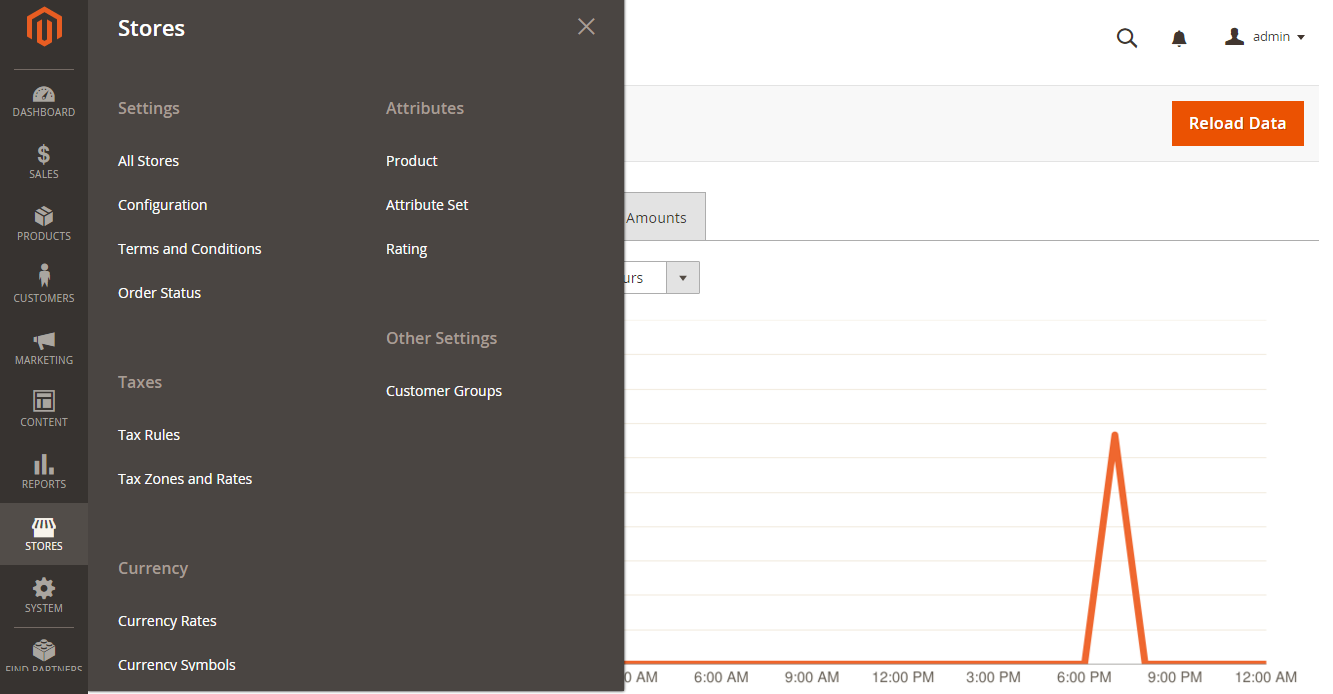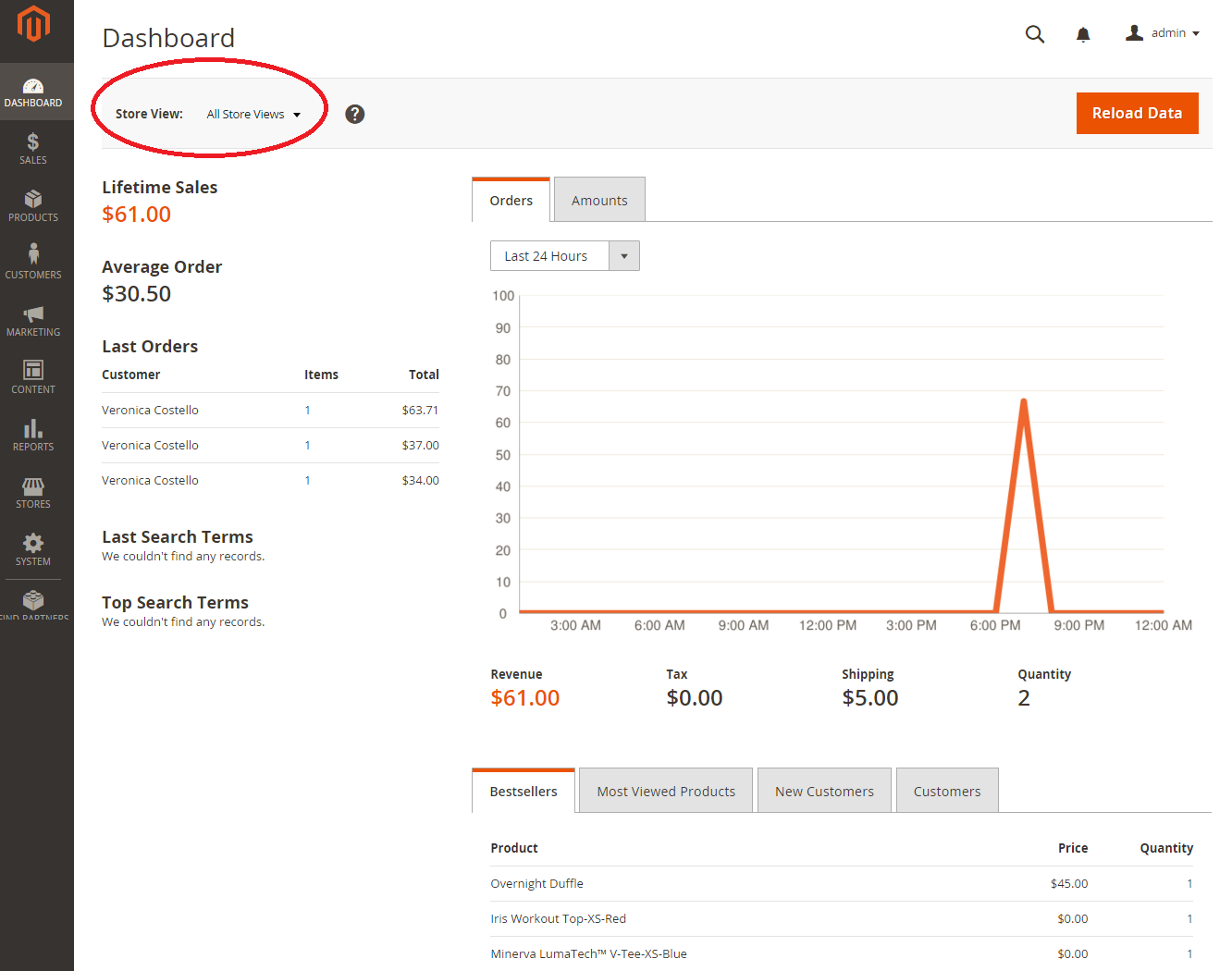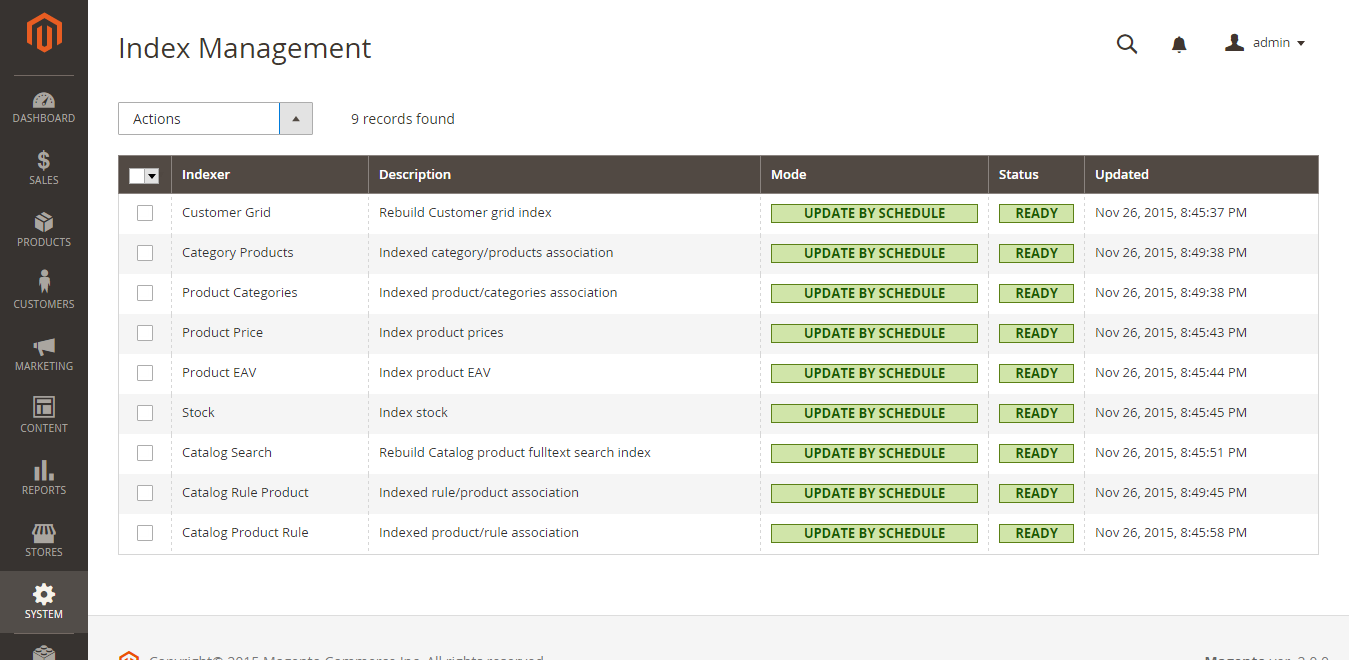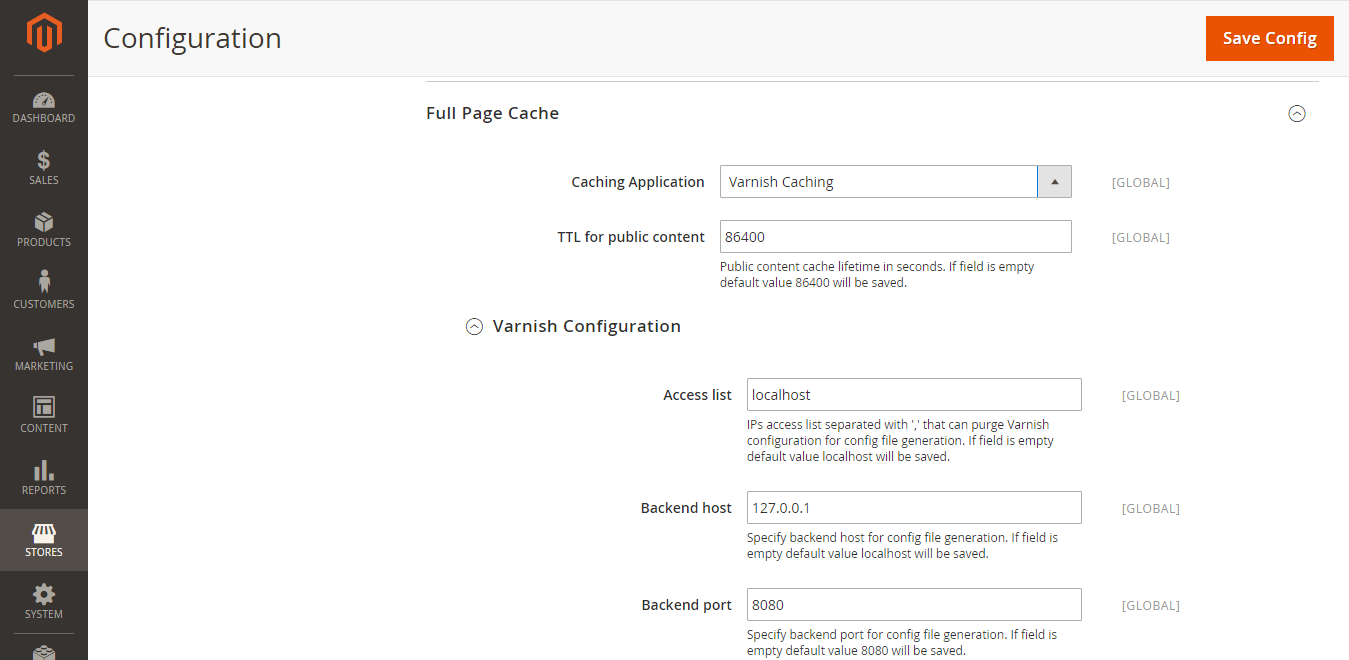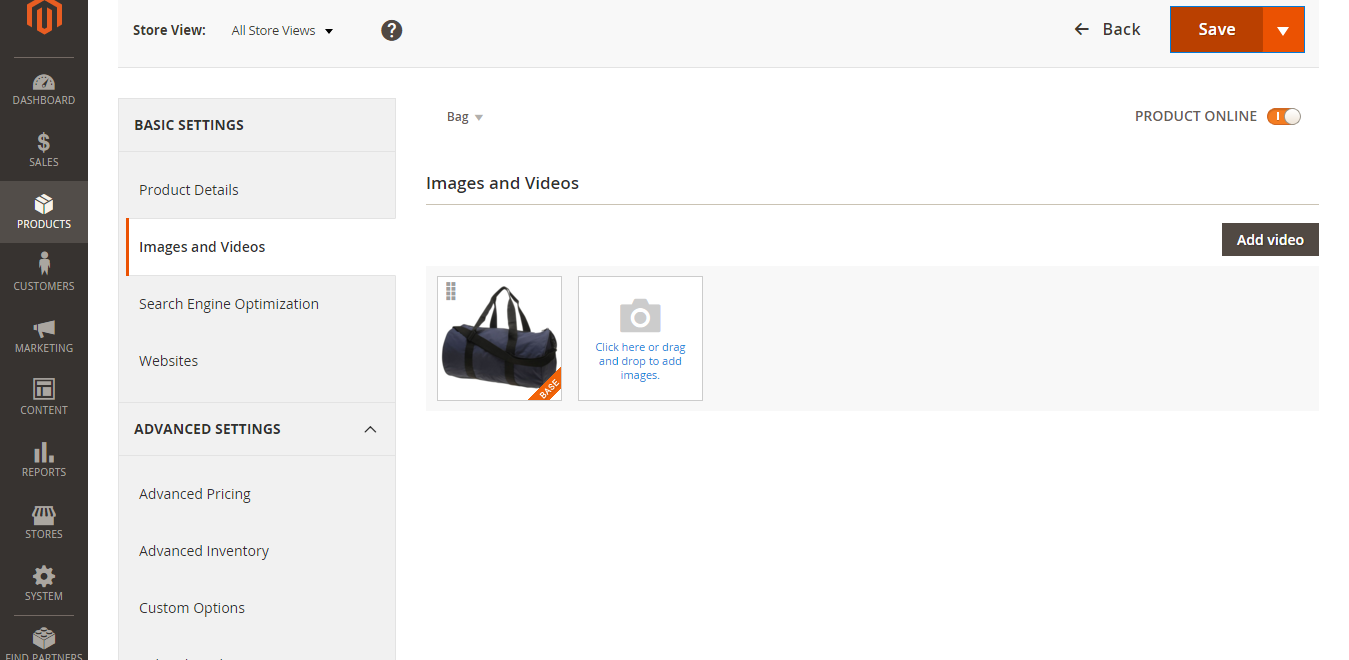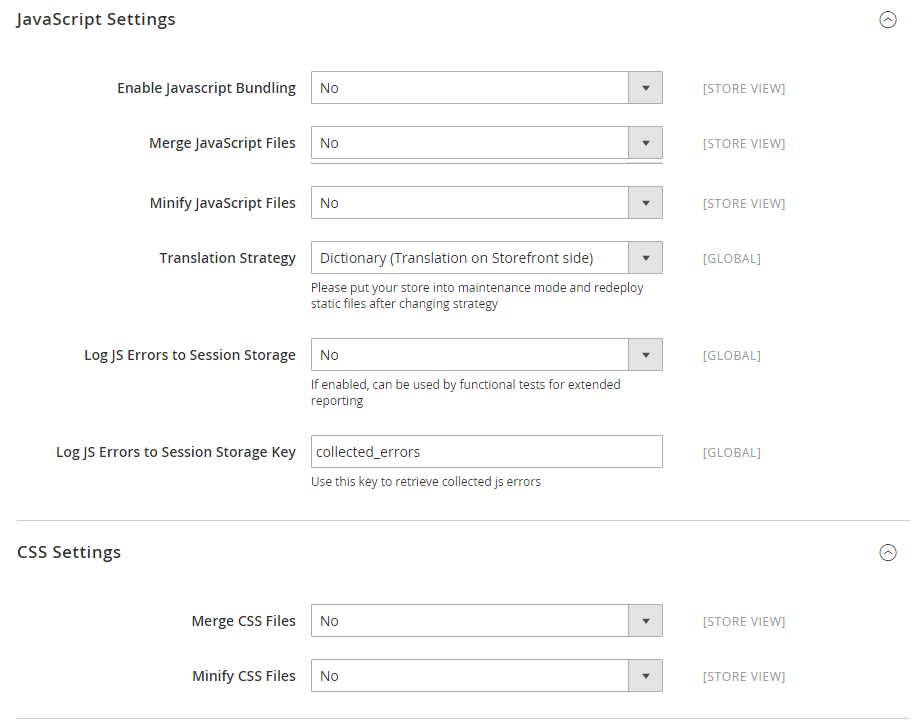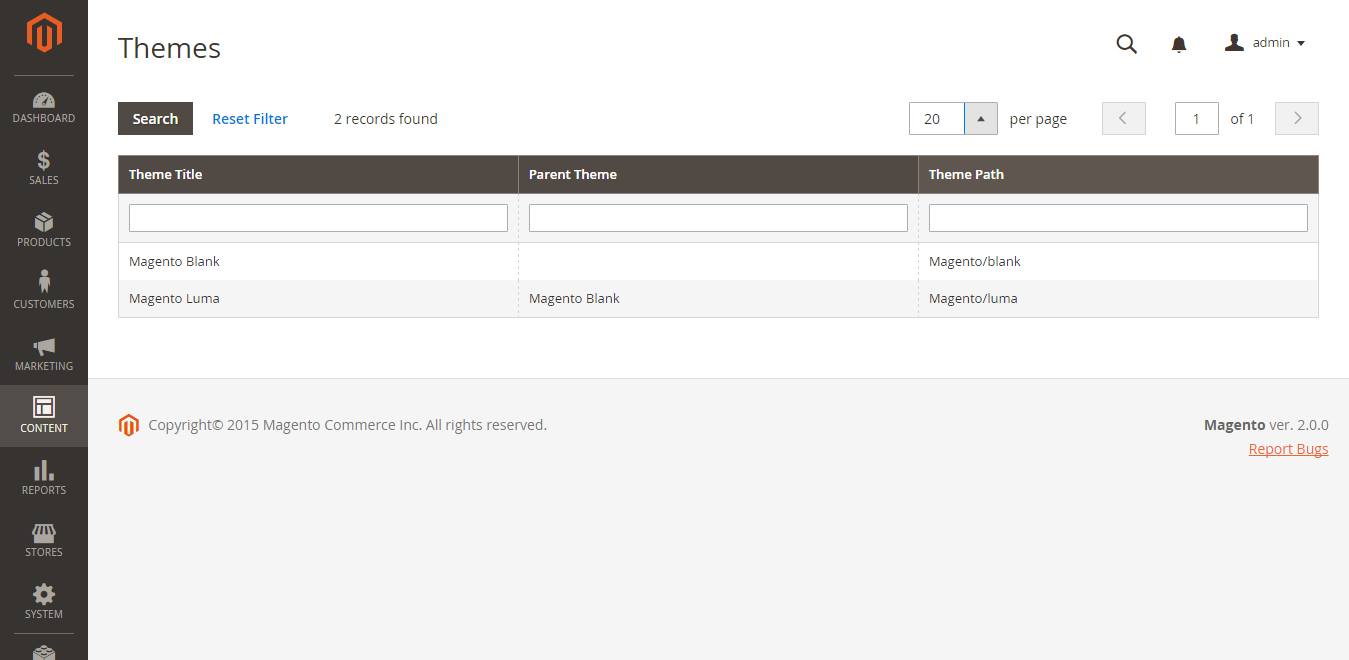Since the release of Magento 2 after more than four years of development on 17th November 2015, more and more store owners and firms have started to use Magento 2. Of course, Magento 2 will include more advantages than its first version-Magento 1.
However, do you know exactly the differences when you put Magento 1 vs Magento 2 comparison?
Magento 1 vs Magento 2: A Comprehensive Comparison
Table of Contents
#1. Technology Stack
| Magento 1.0+ | Magento 2.0+ |
| API Added Retroactively | API is Core to the technology |
| Flexible Architecture | New Architecture for Speed |
| Open Source | Open Source |
| No Front-end Library | Ships with LESS |
| Legacy PHP | PHP5.6+ / 7.0 |
| No Support for HTML5/CSS3 | Native Support HTML5/CSS3 |
| RWD Theme Included | RWD Theme Included |
| Weak Content Staging | Advanced Content Staging |
| Sub-Par Search (SOLR) | Elastic Search (Commerce Edition) |
| External PayPal | In-Site PayPal Experience |
| Secure Bridge | PCI Compliance Hosted Fields |
| Minimal Video Features | Integrated Video (PDP) |
| Full Page Cache (EE) | FPC (Commerce Edition)/Varnish |
| Severe DB Locking Issues | Zero Table Locking (Checkout) |
| Decent Automated Tests | Better Automated Tests |
| JS – Prototype | JS – Jquery |
| Stale Admin Panel (Backoffice) | Fresh New Design in Admin |
| No Data Grid | Customizable Data Grid for Catalog |
| Admin Non-Responsive | Responsive Admin Panel |
| EE Pricing by License | Commerce Edition Pricing by Order Volume |
| 5-12 Month Project Cycle | Claimed 4-8 Month Project Cycle |
| Legacy Checkout | Streamlined Checkout Process |
| Popular Payment & Shipping Methods | Same Payment & Shipping Methods |
| “Wild West” Extension Market | Rigorous Extension Testing |
| Connect Store | New “Marketplace” |
Notable Key Differences:
1. PHP: Magento 2 is built by using PHP 5.5 and 5.6 by default. Also, it will work with PHP 7. As a result, the Magento 2 platform will run much faster and significantly a coding routine.
2. PSR: Magento 2 technology stack includes from PSR-0 to PSR-4. (PSR-0: the default autoloading standard; PSR-1: basic coding standards; PSR-2: coding style guide; PSR-3: logger interface allowing admin to write reusable code independent from any essential logging implementation; PSR-4: PSR-0 replacement).
3. HTML5: HTML5 is the newest version of HTML code, which is applied in Magento 2. HTML5 helps to simplify development and presents potential abilities to become a vital Magento 2 technology stack component.
4. CSS3 (LESS pre-processor): Magento 2 uses LESS and CSS in the theme core. LESS preprocessor and LESS PHP adapter enable the use of LESS inside the platform. In turn, links from CSS source files are resolved and replaced with the correct ones by CSS URLs.
5. JQuery: JQuery is a quick, lightweight, and various features JavaScript library incorporated in Magento 2 by default.
6. RequireJS: RequireJS is a file and module loader optimized for in-browser use, it enhances the speed and quality of the code.
7. Nginx: Nginx is a reverse proxy server for such protocols as HTTPS, HTTP, POP3, SMTP, and IMAP. Nginx also is a load balancer, an HTTP cache, and an origin web server.
8. MySQL: MySQL helps to save time and money powering your high-volume Magento 2 project. It is used during the re-indexing process.
9. Gulp: Gulp supports much faster building processes and streamlines deployment. It was developed to connect community-developed micro-tasks in mind.
10. Twig: Twig is a fast, flexible, and secure PHP template engine supported in Magento 2.
Take a deep dive into the Magento eCommerce platform in this post: What Is Magento Ecommerce
#2. Performance
In the e-commerce industry, nearly half of the consumers always expect a website to load in 2 seconds or less. About forty percent of online shoppers will abandon a web page that takes longer than 3s to load!
Magento 2 loading time is even faster than the standard 2-3 seconds. The homepage, category pages, and product pages load in less than 1.5 seconds, even without using frontend caching. In comparison of Magento 1 vs Magento 2 in performance, Magento 2 is no doubt the winner.
With the new, streamlined checkout, the checkout process of Magento 2 has become much more comfortable and faster for customers. Checkout is available for guests without registration, and Magento 2 automatically identifies registered customers based on their email addresses. Registering after the checkout process is also an option, and the process has also been simplified. According to dev.to, Magento 2 checkout is 38% faster than Magento 1.
>>> Need a migration to Magento, don’t hesitate to contact BSS Commerce’s Magento Migration agency.
#3. Frontend- Backend
Backend
- In the backend, the newest display is divided into its primary functions. Therefore it is easy and friendly to use.
- Admin Dashboard displays useful information and allows finding in stores.
- New indexer system
- Full page cache and varnish cache are combined.
- Additional functions: Product video
- Minify CSS, JS
- The system upgrade tools are designed with more friendly and allow users easy to manage and change as their wishes.
- The new inherited theme mechanism allows users to customize theme at ease and reduces the recoding problems. In addition, Magento includes new import/export systems in its version 2.
Frontend
Magento 2 includes more useful features when compared with Magento 1. For highlight.
- Magento 2 adds an Ajax cart and one-page checkout which provides a quick and convenient checkout step.
- Magento 2 has a responsive web design – users can easily access the store via any desktop or mobile device.
- Faster front-end performance. Website visitors will not have to wait for a full page load to see the primary content.
#4. Extensions
There are a lot of third-party extensions available in the market for Magento 1. However, Installing the Magento 1 extension can take a lot of time, even for professional developers. Furthermore, conflicts between Magento 1 extensions are resolved manually which costs time and effort.
For Magento 2, plugins allow code to overlap core code rather than override it. Hence, the process has become more straightforward, as well as the frontend development, and the functionality can be modified more easily too, thanks to HTML5, Less, require.js, and CSS3.
>>> Check out Magento Extension Store from BSS Commerce to explore the topmost solution in the eCommerce field!
#5. The support from Magento
Magento 1 support was initially planned to end in November 2018, now been extended by at least 18 months. The support is mostly related to security patches, and important fixes are not coming for Magento 1 anymore. The risk for Magento 1 users is that there might be an increase in the number of malicious software that targets vulnerabilities discovered after the release of the last security patches.
Surely there will be no innovation, new feature, or improvement for Magento 1 also. All of Magento’s workforce is now concentrated on Magento 2 development and growth, to provide the new world-class ecommerce platform with better speed, security, and performance.
Should you move to Magento 2?
It is hard to answer this question about how and what is the right time to upgrade a website to Magento 2 because it depends on many factors.
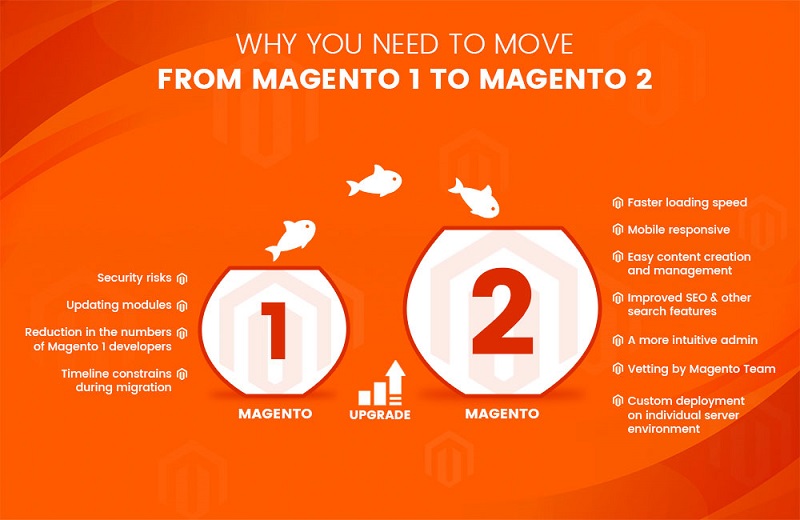
Firstly, if your site is performing well with the current version of Magento, you are not urgent to upgrade to Magento 2. However, you still need to explore Magento 2 and check whether your site is ready to be upgraded. In addition, if you want to create a dynamic change in your site or your current Magento platform is not too updated, it’s time for you to install and use the Magento 2 platform.
To update Magento 2, you need to take care of some main following problems:
- You should make a detailed plan to upgrade your website because upgrading a website should be done logically and follow reasonable steps to ensure your site can run smoothly.
- Clear understanding and a detailed budgeting plan are also necessary. As you know, Magento 2 is the newest version of the Magento platform, when you upgrade your website with Magento 2, you need to promote every extension to conform with the Magento 2 platform. This can take a large amount of investment with the requirement that all recommended extensions are ready to be installed to support your site.
With two main recommendations as above, you should make a clear strategy before making final decisions, especially with Magento 2, which can create a big revolution to your website with a positive or negative effect!
>>> EXPLORE How BSS Commerce assisted SckinⓇ to upgrade their website from Magento 1 to Magento 2
Besides, if the Magento platform is too difficult to manage and implement for your business, take a look at other options in this article: Top 10+ Magento Alternatives You Need to Know

